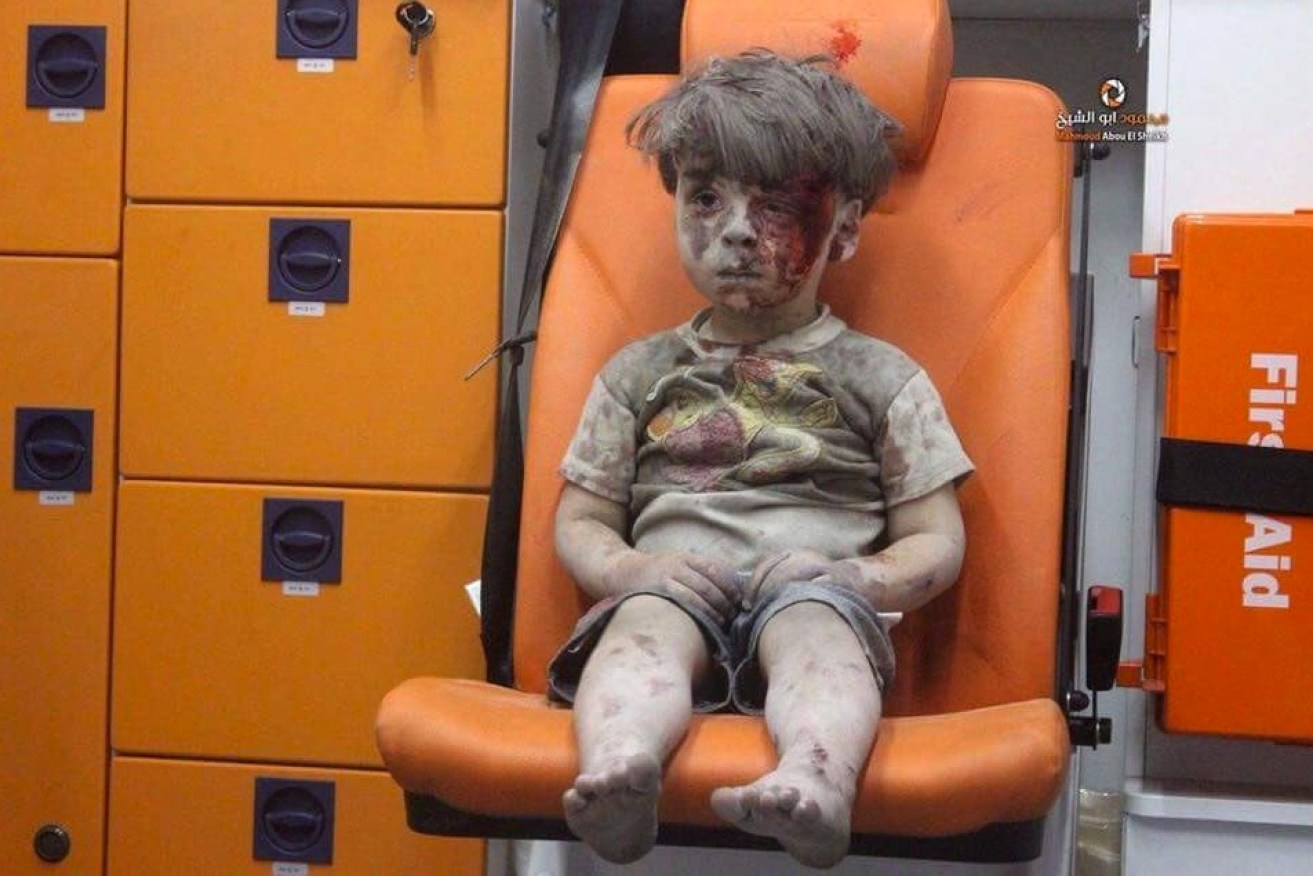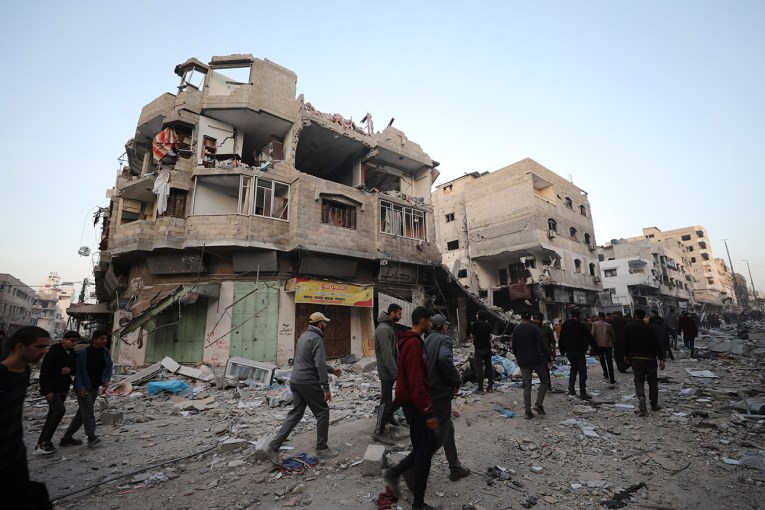Children of war: the pictures that changed the world


This shot of five year old Omran Dagneesh moved the world. Photo: Twitter
Some of the most recognisable and heartbreaking photographs of war are not necessarily those taken on the frontline, but of the innocent bystanders who play no direct role in conflicts.
The pictures that break into the mainstream consciousness, much like the confronting photos and footage of Syrian boy Omran Dagneesh from Aleppo this week, are of children — the innocent bystanders of war and conflict.
The boy’s confusion at being woken by an airstrike in Syria, is just one of many tragic reminders of the horrors of war.
Throughout history there have been many others that portray the suffering and bewilderment of the young and innocent, that have entered the public consciousness and ultimately made people think deeply about the senselessness of war.
Watch the video of Omran being rescued
The televised war
The Vietnam war was the first televised conflict in history, and with an increase in media coverage came many confronting images.
An aerial napalm attack on suspected Viet Cong hiding places resulted in one of the most unforgettable images of the 20th century.
A little girl, Kim Phúc, 9, who tore off her burning clothes while fleeing with other terrified children were captured escaping the affected area.
Ms Phúc sustained third-degree burns to portions of her body. She was one of the only survivors of such extreme measures.
Nick Ut earned a Pulitzer Prize for the photograph.

Kim Phúc, centre, and other children fleeing the napalm strike in Vietnam. Photo: AAP
Turkey refugees
Thousands of refugees and migrants arrived in Greece in 2015, as Europe struggled to cope with the huge influx fleeing war and repression in the Middle East and Africa.
The image that pricked the global consciousness about the fallout from the conflict was when a photographer snapped a Turkish police officer carrying the dead body of a migrant child from the shores of Bodrum, in southern Turkey.
The child was Aylan Kurdi, just three years old, who drowned after a boat carrying refugees sank while trying to reach the Greek island of Kos.

A Turkish police officer carries a migrant child’s dead body. Photo: Getty
Horrors in Gaza
The Israel-Gaza conflict produced a heart-rending image of a group of men carrying the bodies of two dead children through a street in Gaza City in 2013.
In the image, two-year-old Suhaib Hijazi and her three-year-old brother Muhammad are being taken to a mosque for the burial ceremony, after they were killed when their house was destroyed by an Israeli missile strike.
Photographer Paul Hansen, of the Swedish daily newspaper Dagens Nyheter is credited with taken the picture, which became the subject of controversy when Hansen had to defend himself against accusations that he had doctored the image.

Two dead children being taken to a mosque for the burial ceremony. Photo: AAP
The “Afghan girl”
During a bloody civil war between the Soviet Union and anti-government Islamic rebels in Afghanistan, millions of refugees poured over the borders into Pakistan to escape the fighting.
National Geographic photographer Steve McCurry was in the region and captured a photo of a girl with fiery eyes, known since simply as the “Afghan girl”.
The iconic photo featured on the June 1985 cover of the magazine.

The “Afghan girl’s” sea green eyes striped with blue and yellow touched millions. Photo: National Geographic
Hiroshima aftermath
Near the end of World War II, the dropping of the nuclear weapon, “Little Boy”, on Hiroshima by an American B-29 bomber shocked the world.
The world’s most catastrophic single bombing resulted in the death of almost 146,000 civilians.
And while others were lucky to survive the atomic bomb, they lived with life-long side effects, as captured by Christer Strömholm.

Christer Strömholm’s photograph simply captured “Hiroshima” of a young girl’s injuries after the bombing.








